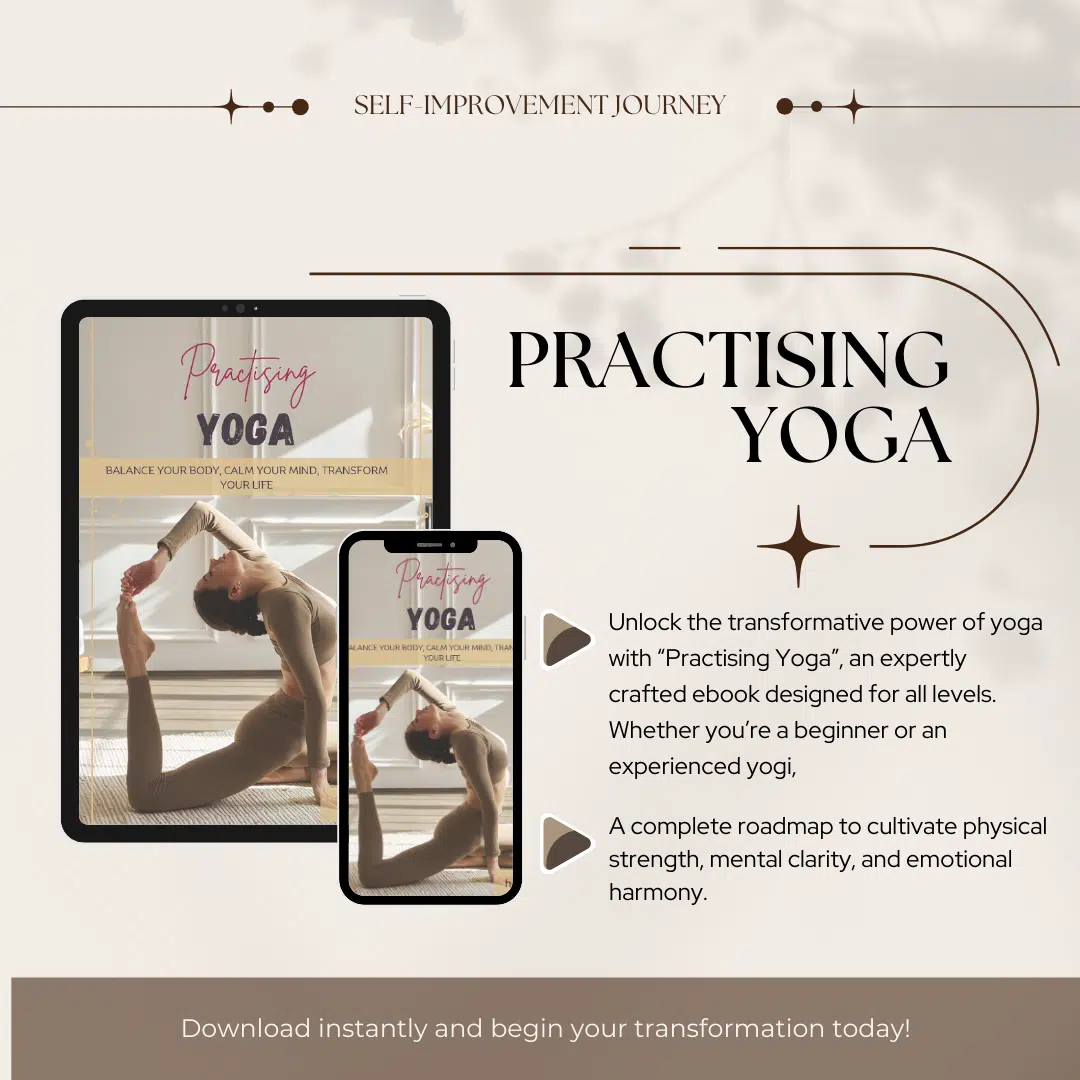- Key Benefits of the Bench Press
- Does Bench Press Build a Bigger Chest?
- Checklist For Correct Bench Press Form
- Bench Press Grip Width
- Foot Placement
- Common Bench Press Mistakes & How to Fix Them
- Primary Muscles
- Secondary Muscles
- Incline Bench Press
- Decline Bench Press
- Flat Bench Press
- Dumbbell Bench Press
- Close Grip Bench Press
- Wide Grip Bench Press
- Floor Press (Bench Press On Floor)
- Chest Press Vs Bench Press
- Workout Routines for Different Fitness Levels
- Nutrition and Recovery
- Overcoming Plateaus
- Shoulder Pain And Injuries
- Elbow Pain
- Lower Back Strain
- Wrist Pain
- Pectoral Muscle Tear
The bench press workout is a powerhouse that targets multiple muscle groups, making it a staple in strength training routines. But did you know that improper form can lead to injuries and limit your progress? Mastering the correct bench press form and technique is crucial for maximizing gains and minimizing risk.
Research shows that the bench press is a popular exercise for both professional athletes and fitness enthusiasts. People use it to build upper body strength and improve athletic performance. Furthermore, Athletes who compete in bench press competitions do special variations of the exercise to target the shoulder muscles, which are crucial for success in the sport.
Whether you’re performing a Dumbell or Barbell bench press, understanding what muscles do bench press work and its mechanics are essential for anyone looking to improve their strength and physique.
This comprehensive guide breaks down the steps to understand how to bench press perfectly and discusses the primary and secondary muscles worked during a bench press workout. Explores various bench press variations, and provides workout routines tailored to your experience level.
By the end of this article, you’ll have a clear understanding of:
- The muscles involved in the bench press
- How to Bench Press with Proper form and technique
- Common mistakes and how to avoid them
- Practical workout routines to maximize gains
- Strategies for overcoming plateaus
The bench press is a compound exercise that primarily targets the chest (pectorals), triceps, and anterior deltoids, but its advantages go beyond muscle growth. It’s a cornerstone movement in strength training, powerlifting, and overall fitness.
Key Benefits of the Bench Press
✔ Upper Body Strength & Muscle Growth – The bench press helps build power, endurance, and muscle hypertrophy, making it a go-to exercise for chest development and stronger shoulders and arms.
✔ Explosive Power & Athletic Performance – This movement enhances functional strength, improving coordination, stability, and force generation, essential for sports performance and weightlifting progress.
✔ Posture & Shoulder Health – Strengthening the chest, shoulders, and back stabilizers supports better posture and reduces the risk of muscle imbalances and shoulder injuries.
Does Bench Press Build a Bigger Chest?
Yes! Scientific research confirms that progressive overload through bench press training significantly increases pectoralis major hypertrophy (chest muscle growth). In other words, bench pressing consistently will help sculpt a stronger, fuller chest.
In the next sections, we’ll break down proper bench press technique, common mistakes to avoid, and effective variations (e.g., incline, decline, and close-grip bench press) to maximize your strength and muscle-building results.
How To Bench Press With Proper Form
Mastering the bench press requires meticulous attention to detail. Perfect Bench Press form is crucial for maximizing gains, preventing injuries, and unlocking your full potential.
Checklist For Correct Bench Press Form
- Body positioning: Lie flat on the bench with your feet shoulder-width apart and firmly planted on the ground. Create a slight arch in your lower back to engage your core and stabilize your body.
- Grip width: Experiment to find your optimal bench press grip, but generally, a slightly wider than shoulder-width grip is recommended. Ensure a firm grip with your thumbs wrapped around the bar.
- Bar path: Lower the bar in a controlled, straight path towards your lower chest. Avoid bouncing the bar off your chest.
- Elbow position: Maintain a 45-degree angle between your upper arms and torso to engage the chest muscles effectively.
- Breathing: Inhale as you lower the bar and exhale as you press it up.
Bench Press Grip Width
The width of your grip significantly impacts which muscles are emphasized during the bench press.
- Wide grip: Targets the chest and shoulders more prominently.
- Medium grip: Offers a balance between chest and triceps activation.
- Close grip: Primarily targets the triceps.
Experiment with different grip widths to find what works best for you and your goals.
Foot Placement
While often overlooked, foot placement plays a role in stability during the bench press. A shoulder-width stance with your feet flat on the floor is generally recommended. However, some individuals may find a slightly wider or narrower stance more comfortable.
Common Bench Press Mistakes & How to Fix Them
Even experienced lifters can fall into bad habits when performing the bench press. Here’s how to correct common mistakes to prevent injuries and maximize muscle activation.
✔ Excessive Back Arching – Overarching the lower back can strain the lumbar spine, increasing the risk of injury. ✅ Fix: Maintain a natural arch by engaging your core and glutes, keeping your feet planted firmly on the ground.
✔ Bouncing the Bar Off the Chest – This reduces muscle tension and increases injury risk. ✅ Fix: Lower the bar under control, lightly touching the chest before explosively pressing up.
✔ Flared Elbows – Excessively flaring the elbows can stress the shoulder joints, leading to rotator cuff injuries. ✅ Fix: Keep your elbows at a 45-degree angle to your torso for optimal power and shoulder safety.
By refining your form, you’ll enhance strength, stability, and muscle growth while reducing injury risks.
What Muscles Do Bench Press Work
Understanding the muscles worked during the bench press is critical to maximizing the effectiveness of this powerful exercise. The core muscle groups trained during bench press exercises are the pectoralis major, the triceps brachii, the anterior deltoid, and the medial deltoid, serving as key stabilizers of the shoulder joint.
Primary Muscles
Pectoralis Major (Chest)
The pectoralis major is the primary muscle activated during the bench press. It’s responsible for the pressing movement and is crucial in building upper body strength and mass. Performing a bench press primarily works these muscles.
Triceps Brachii
The triceps brachii, located on the back of the upper arm, is heavily involved in extending the elbow during the bench press. Strong triceps are essential for pushing heavier weights and achieving a full range of motion.
Anterior Deltoids (Shoulders)
The anterior deltoids, or front shoulders, assist in the pressing motion by stabilizing the shoulders and helping lift the weight. Proper engagement of the deltoids ensures a more efficient and safer lift.
Secondary Muscles
Latissimus Dorsi (Back)
Although primarily a back muscle, the latissimus dorsi helps stabilize the torso and maintain proper form during the bench press. Strong lats contribute to overall stability and control.
Serratus Anterior
Located on the side of the chest, the serratus anterior aids in the movement of the shoulder blades, ensuring these muscles move correctly as you press the weight. This muscle helps maintain good form and prevent injuries.
Rotator Cuff Muscles
The rotator cuff muscles are a group of four muscles that stabilize the shoulder joint. These muscles maintain shoulder health and prevent injuries during pressing movements. Correctly engaging the rotator cuff muscles helps achieve a smoother and more controlled lift.
Bench Press Variations for Optimal Gains
Incorporating bench press variations is essential to maximize your chest and upper body development. You can break through plateaus and achieve a more balanced physique by targeting different muscle fibres and angles.
A study delves into the impact of different bench press variations and techniques on muscle engagement and overall performance.
Incline Bench Press

The incline bench press emphasizes the upper chest and front delts. The best incline angle for a bench press is typically between 30 and 45 degrees. A higher incline (closer to 45 degrees) will engage the shoulders more, while a lower incline (closer to 30 degrees) will focus more on the upper chest. This range allows for optimal stimulation of the upper chest muscles without excessive strain on the shoulders. Maintain proper form and focus on contracting your chest muscles at the movement’s top.
Decline Bench Press

The decline bench press requires a different angle for targeting the lower chest. Adjust the bench to a decline of 15-30 degrees and maintain a stable base with your feet firmly planted.
Flat Bench Press

As a variation of the bench press, the flat bench press differs from incline or decline bench presses, which alter the angle of the bench to target different parts of the chest. The flat bench press is a versatile, all-around chest exercise that should be included in any balanced upper-body workout routine. By keeping the bench flat, you evenly distribute the workload across the major muscle groups, ensuring a well-rounded upper body development.
Dumbbell Bench Press
The dumbbell (db) bench press is a valuable addition to your chest workout, offering an excellent range of motion and stability. Focus on controlled movements and ensure equal weight distribution between both arms.
Close Grip Bench Press
This variation maximizes triceps activation while still engaging the chest and shoulders. ✅ Tip: Position your hands slightly inside shoulder-width, keeping elbows close to your torso to reduce stress on the shoulder joints and emphasize triceps engagement.
Wide Grip Bench Press
A wider grip targets the outer chest and front delts, increasing pec activation. ✅ Tip: Grip the bar wider than shoulder-width, but avoid excessive wrist strain and overextending the shoulders to minimize injury risk.
Floor Press (Bench Press On Floor)
A floor press is essentially a bench press performed on the floor instead of a bench.
The primary difference lies in the starting position and range of motion. This variation can be beneficial for several reasons, including:
- Reduced stress on shoulders: By eliminating the bench angle, the floor press can be easier on the shoulders.
- Increased triceps involvement: The exercise places more emphasis on the triceps, leading to potential strength gains in this muscle group.
- Accessory exercise: It can be used as an accessory exercise to complement your regular bench press routine.
Chest Press Vs Bench Press
Chest Press
The chest press is a machine-based exercise that uses a fixed path of motion to target your chest muscles. It’s a great option for beginners or those recovering from an injury as it’s generally safer than free weights. However, because of its fixed path, it might not engage as many stabilizer muscles as the bench press.
Bench Press
The bench press is a classic free-weight exercise that uses a barbell or dumbbell to challenge your chest, shoulders, and triceps. It offers a greater range of motion and allows you to lift heavier weights, which can lead to significant strength gains. But beware, free weights do come with a slightly higher risk of injury, so proper form is essential.
How to Increase Your Bench Press
Incorporating progressive overload and strategic variations is essential to maximize your bench press performance.
Workout Routines for Different Fitness Levels
- Beginners: Focus on mastering proper form with lighter weights and higher repetitions (3 sets of 10-12 reps).
- Intermediate: Increase weight and reduce repetitions (3-4 sets of 8-10 reps) to build strength.
- Advanced: Incorporate heavier weights and lower repetitions (3-5 sets of 4-6 reps) for maximal strength gains.
Nutrition and Recovery
- Protein intake: Consuming adequate protein is crucial for muscle repair and growth.
- Caloric surplus: For muscle gain, aim for a slight caloric surplus.
- Rest and sleep: Prioritize quality and core sleep to optimize recovery and hormone production.
Overcoming Plateaus
- Vary your routine: Incorporate different rep ranges and exercises to maintain your muscles growth
- Increase training volume: Gradually increase the number of sets or exercises.
- Improve technique: Focus on refining your form to unlock additional strength.
- Consider powerlifting programs: Structured programs can help you break through plateaus.
Common Bench Press Injuries
The bench press is a cornerstone of any effective strength training program, but it’s also one of the exercises most likely to cause injury if done incorrectly.
Understanding the common bench press injuries and knowing how to prevent them can help you build muscle safely and effectively. Many studies have reported bench press injuries, with pectoralis major tears being the most common specific injury.
Shoulder Pain And Injuries
Common Issues: Shoulder injuries, including rotator cuff strains and impingement, are common in lifters who don’t use proper bench press form. These injuries can be caused by lifting too heavy, flaring the elbows, or not warming up properly.
Prevention Tips:
- Warm-Up Routine: Start every bench press workout with a thorough warm-up to prepare your shoulders. Use lighter weights and dynamic stretches.
- Correct Bench Press Form: Keep your elbows at a 45-degree angle to your torso to reduce strain on your shoulders. Avoid flaring out your elbows.
- Gradual Weight Increase: Increase the weight gradually to allow your shoulder muscles to adapt. Rushing to lift heavier weights can lead to injuries.
- Rotator Cuff Exercises: Incorporate exercises that specifically target the rotator cuff muscles to strengthen your shoulders and improve stability.
Elbow Pain
Common Issues: Elbow pain, often in the form of tendinitis, can occur when the bench press is performed with an improper grip or excessive weight. This can stress the triceps and the elbow joints.
Prevention Tips
- Proper Grip Width: Use a slightly wider grip than shoulder-width, ensuring it feels natural and doesn’t strain your elbows.
- Avoid Elbow Lockout: Don’t lock out your elbows at the top of the press, as this can cause joint stress. Keep a slight bend to maintain muscle tension.
- Rest and Recovery: If you experience elbow pain, reduce your lifting frequency and give your joints time to recover.
Lower Back Strain
Common Issues: Lower back strain often occurs when lifters arch their back excessively during the bench press in an attempt to press more weight. This places unnecessary stress on the lower back muscles.
Prevention Tips
- Maintain Proper Back Position: Keep a neutral spine with a slight natural arch in your lower back. Your glutes and shoulders should stay firmly on the bench.
- Engage Your Core: Tighten your core muscles during the lift to stabilize your spine and prevent lower back strain.
- Foot Placement: Position your feet flat on the floor to provide stability and reduce the load on your lower back.
Wrist Pain
Common Issues: Wrist pain is often caused by improper grip technique or lifting weights that are too heavy. This can lead to strain or injury, particularly if the wrists are not kept in a neutral position.
Prevention Tips
- Neutral Wrist Position: Keep your wrists straight and in line with your forearms during the lift. Avoid bending your wrists backward, as this increases the risk of injury.
- Use Wrist Wraps: Wrist wraps can provide additional support if you have difficulty maintaining wrist stability during heavy lifts.
- Strengthen Your Wrists: Incorporate wrist and forearm strengthening exercises into your routine to enhance stability and reduce the risk of injury.
Pectoral Muscle Tear
Common Issues: A pectoral (pec) tear is a serious injury that can occur during heavy bench pressing, particularly if proper form is not maintained or if the muscles are not adequately warmed up.
Prevention Tips
- Thorough Warm-Up: Always warm up your chest muscles with lighter weights and stretches before attempting heavy lifts.
- Controlled Lifting: Focus on controlled movements throughout the lift. Avoid jerky or explosive motions, especially when lifting near your max.
- Increase Load Gradually: Gradually increase the weight to allow your pectoral muscles to adapt and strengthen over time.
You can safely achieve your strength and fitness goals by focusing on proper bench press technique, gradually increasing the weight, and understanding how to prevent common injuries. Prioritizing these preventive measures will help you avoid setbacks and ensure steady progress in your bench press workouts.
FAQ: How Much Does A Bench Press Bar Weigh?
A standard Olympic barbell, commonly used for bench press, weighs 45 pounds or 20 kilograms. It’s important to remember that this is the weight of the bar itself, and doesn’t include any additional weight plates.
So, if you add 100 pounds of weights to the bar, you’re lifting a total of 145 pounds. There are also lighter options available, especially for women, which typically weigh around 35 pounds or 15 kilograms.
Conclusion
Mastering the bench press is a journey that requires dedication, proper form, and consistent effort. By understanding the intricacies of the exercise, experimenting with variations, and prioritizing recovery, you can achieve significant strength gains and build an impressive chest and upper body.
Remember, progress takes time. Stay patient, listen to your body, and don’t be afraid to seek guidance from a qualified fitness professional.













